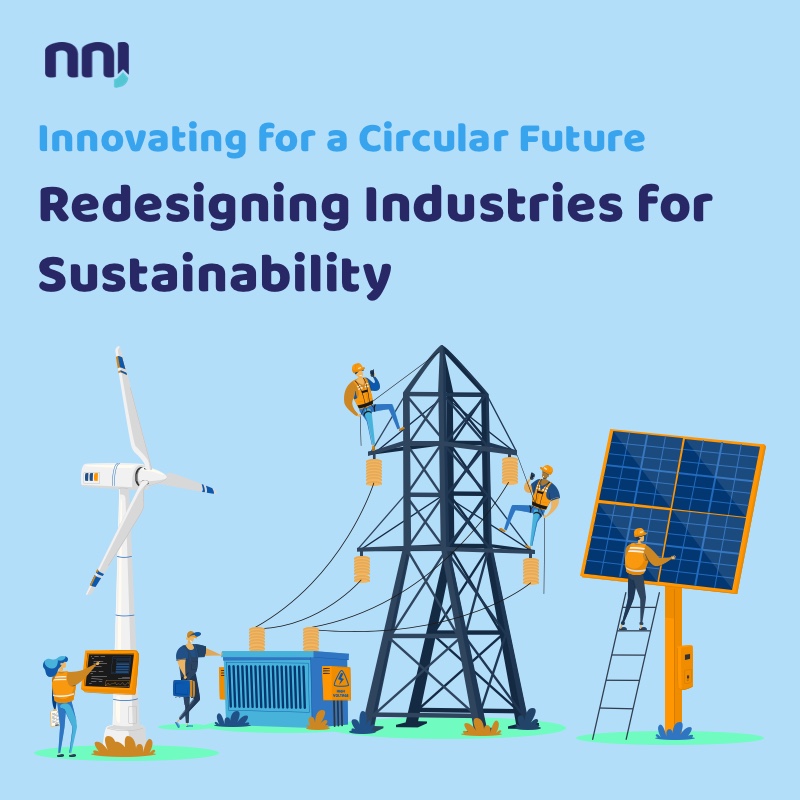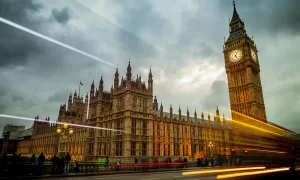The need for a more sustainable future has never been more pressing. As we face environmental challenges such as climate change and resource depletion, it’s clear that our current linear consumption model is not sustainable. It’s time to shift gears and embrace the concept of a circular economy. Let’s explore how innovation can pave the way towards a circular future!
Redefining Our Approach: The Circular Economy
In a circular economy, resources are kept in use for as long as possible, and waste and pollution are minimized. It’s a regenerative system that aims to close the loop by transforming products, business models, and supply chains. By reimagining the way we produce, consume, and dispose of goods, we can create a more resilient and sustainable future.
Innovating for Circular Solutions
Innovation is at the heart of the circular economy. It requires us to think beyond the traditional linear mindset and seek creative solutions that promote longevity, reuse, and recycling. Here are some key strategies for driving circular innovation:
1️⃣ Design Thinking: Circular innovation starts with designing products with longevity and end-of-life recyclability in mind. By embracing principles such as modularity, repairability, and material selection, we can extend the lifespan of products and reduce waste.
2️⃣ Collaborative Partnerships: Collaboration is essential for driving circular innovation. By partnering with suppliers, customers, and other stakeholders, we can collectively develop new business models, establish take-back programs, and optimize recycling processes.
3️⃣ Digitalization and Technology: The digital age holds incredible potential for advancing the circular economy. Technologies such as blockchain, artificial intelligence, and the Internet of Things can enable better tracking, traceability, and resource management, empowering a more circular approach.
4️⃣ Sharing and Servitization: Moving away from ownership towards access and utilization is another key aspect of the circular economy. Sharing platforms, product-as-a-service models, and rental programs can significantly reduce the consumption of finite resources.
Benefits of a Circular Future
Transitioning to a circular economy offers numerous benefits. It reduces waste, conserves resources, lowers environmental impact, creates new job opportunities, and fosters economic resilience. Furthermore, embracing circularity can enhance brand reputation, increase customer loyalty, and drive long-term business growth.
Join the Circular Revolution
We can all play a role in driving the transition towards a circular future. As professionals, entrepreneurs, and consumers, we have the power to encourage and embrace circular innovation. Let’s support businesses that are implementing circular practices, advocate for policy changes that incentivize circularity, and inspire others to make sustainable choices.
By innovating for a circular future, we can reimagine and redesign industries in a way that ensures a thriving planet for future generations.




